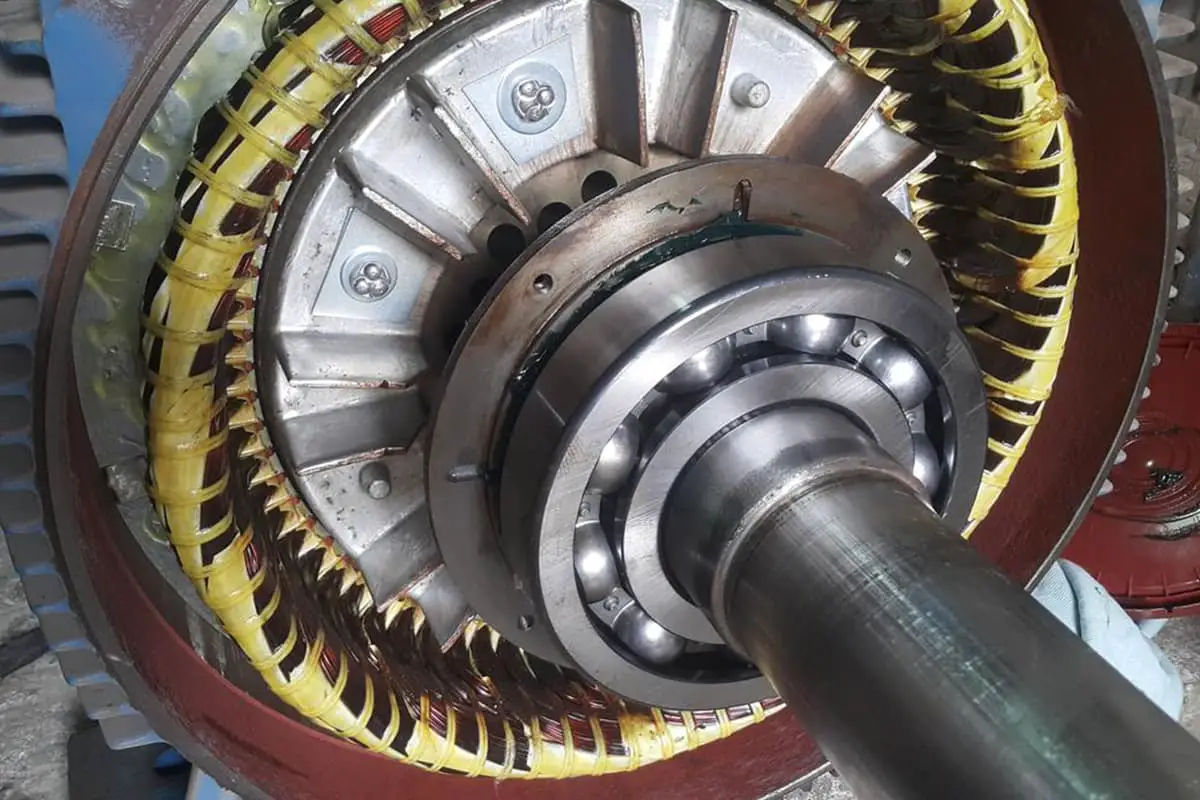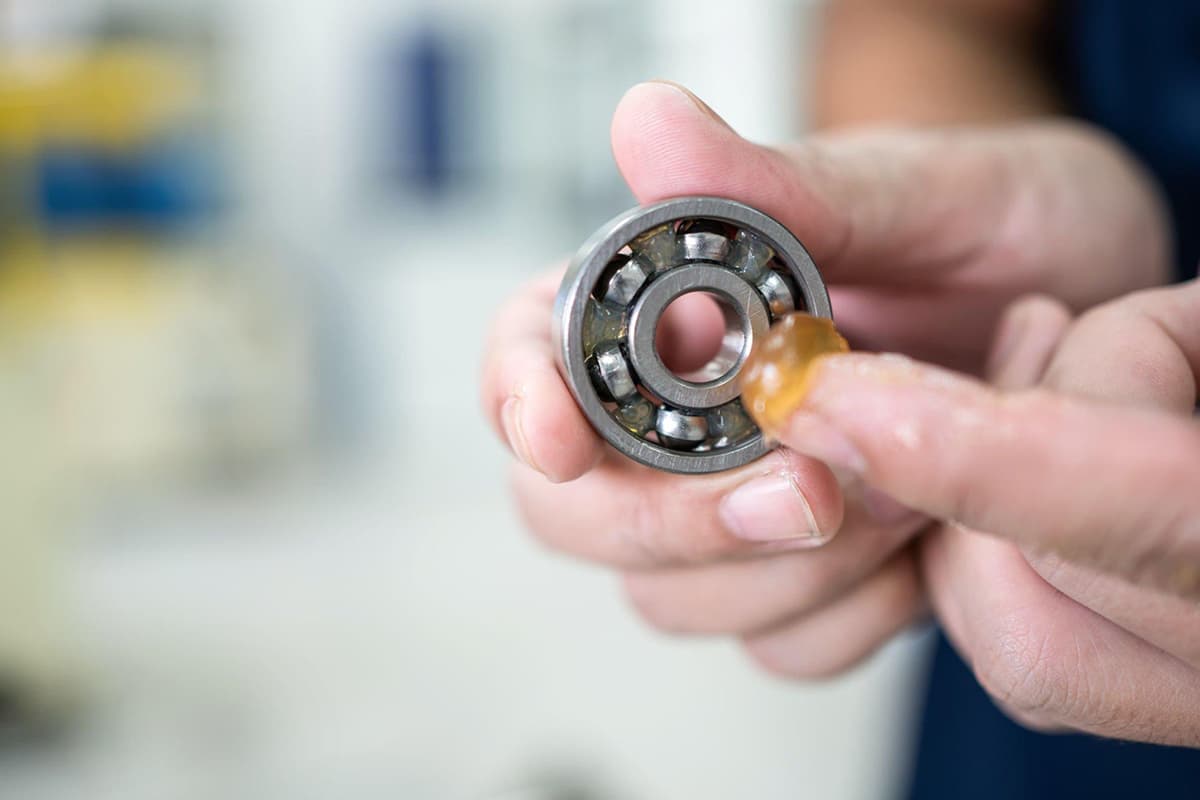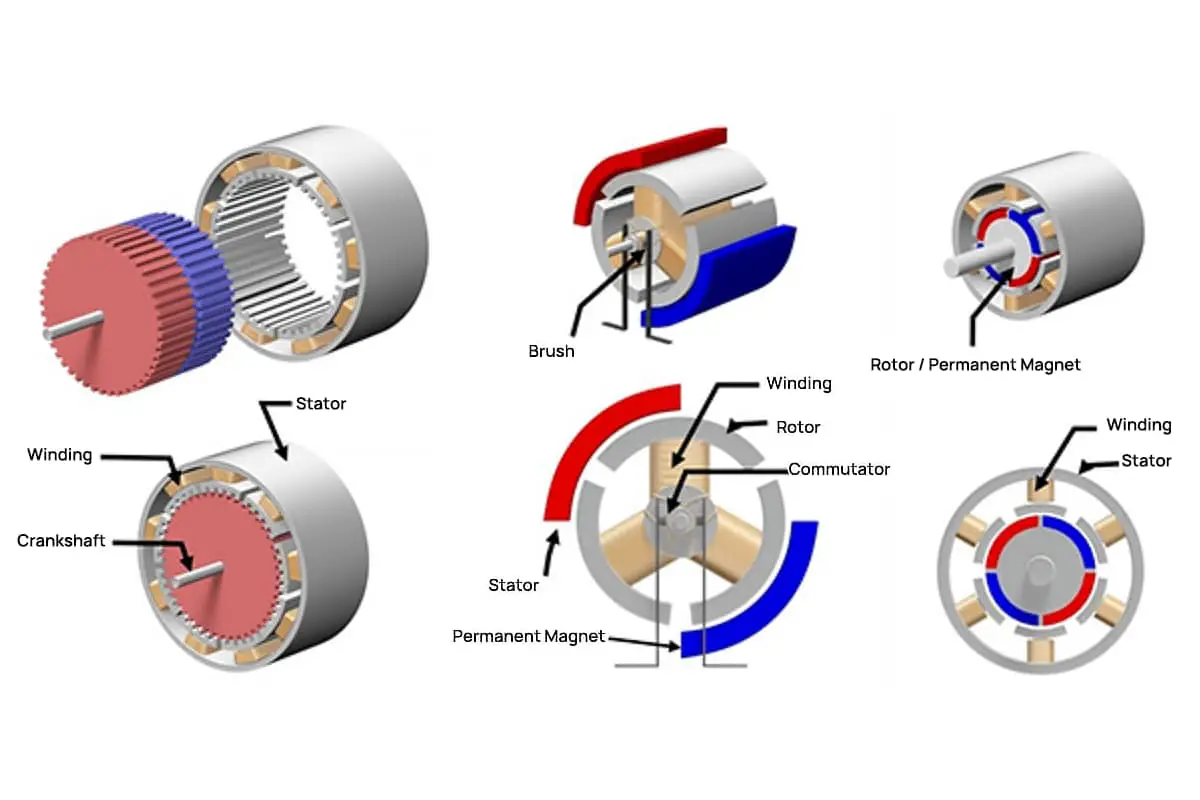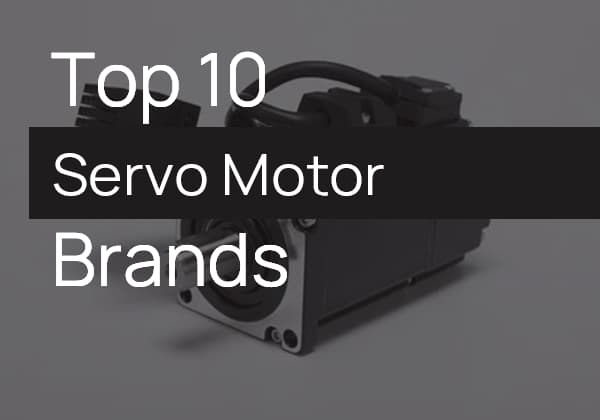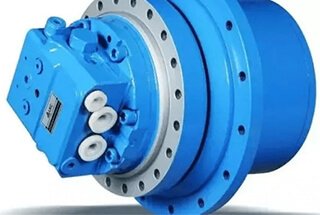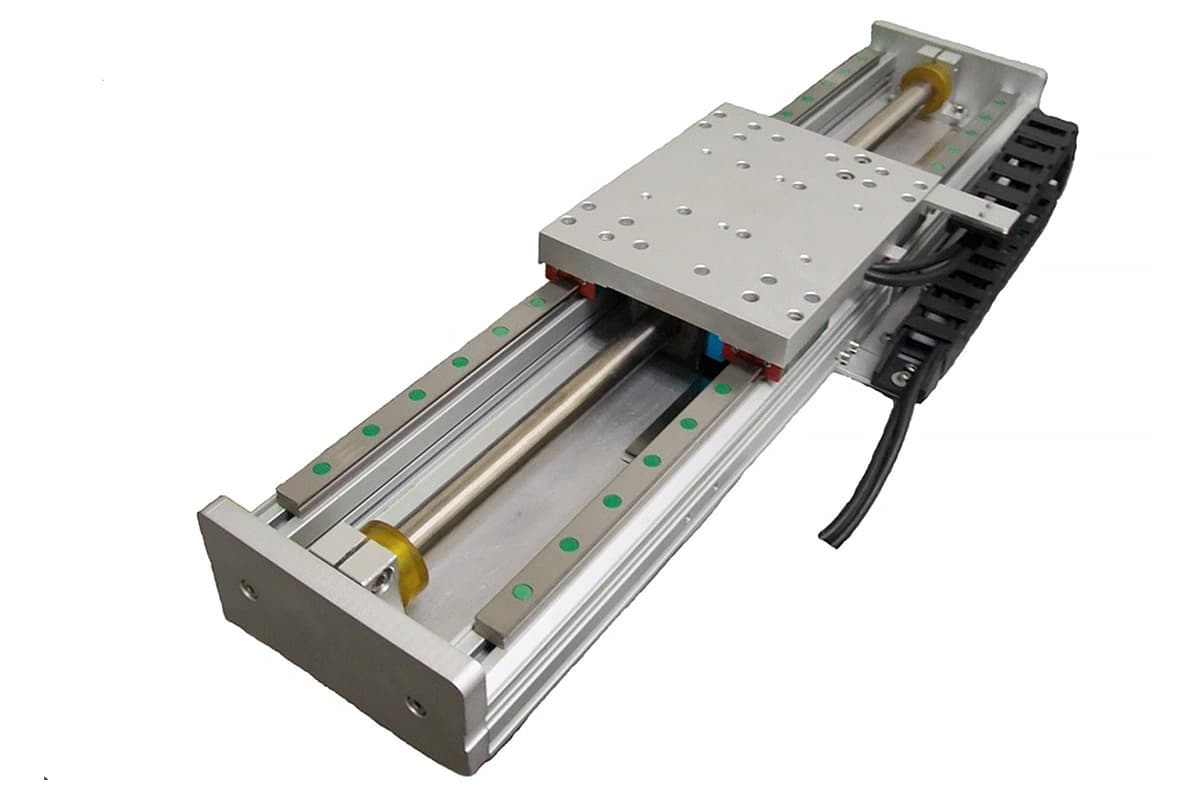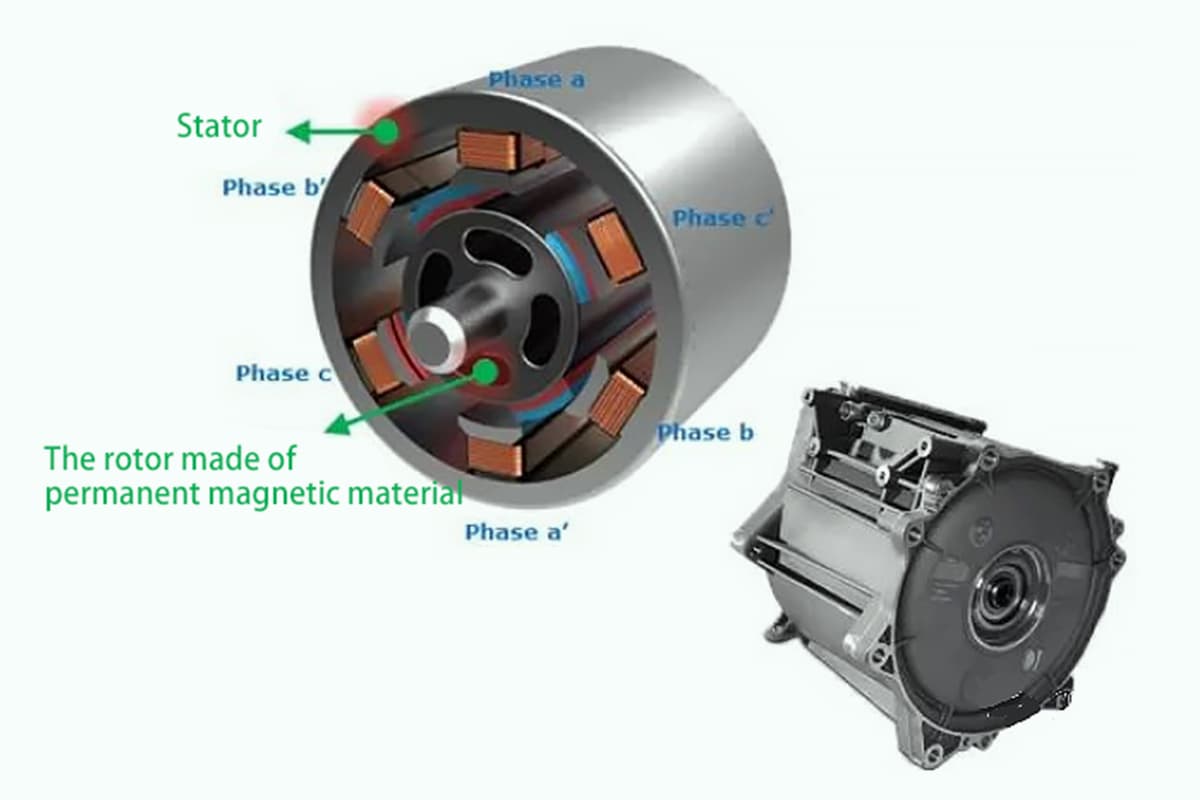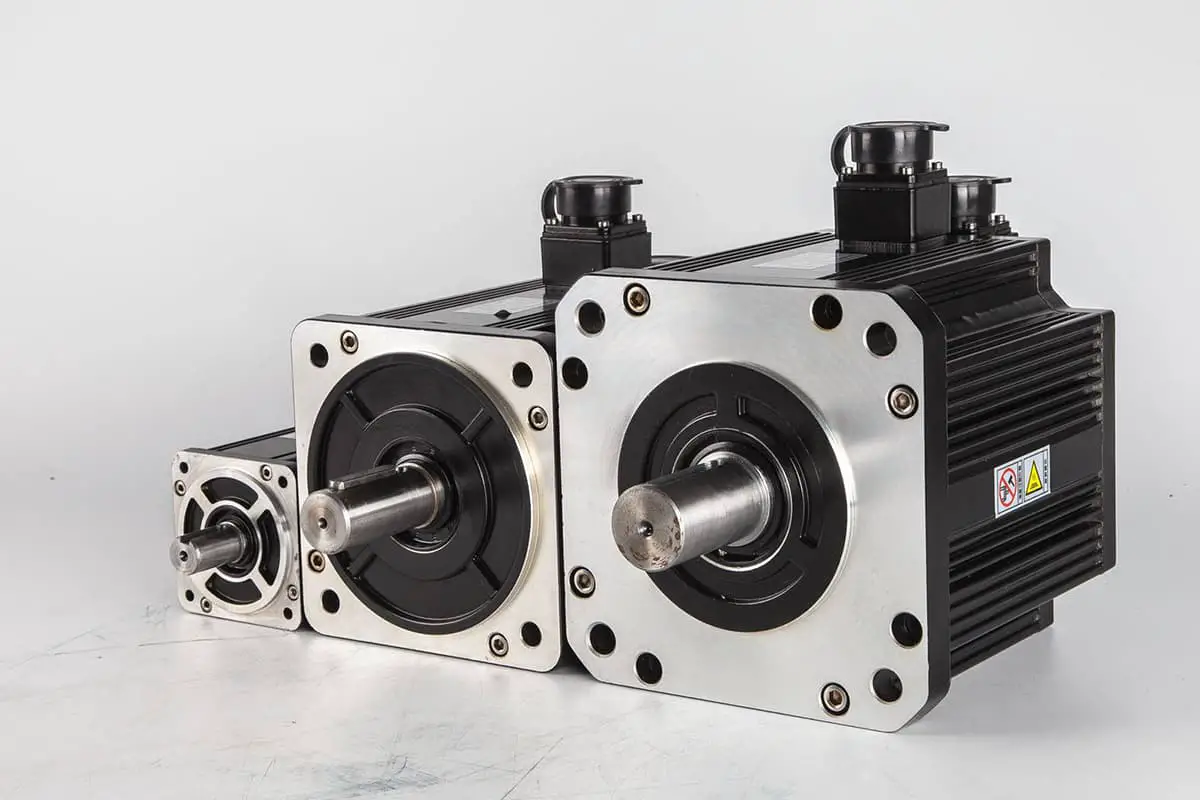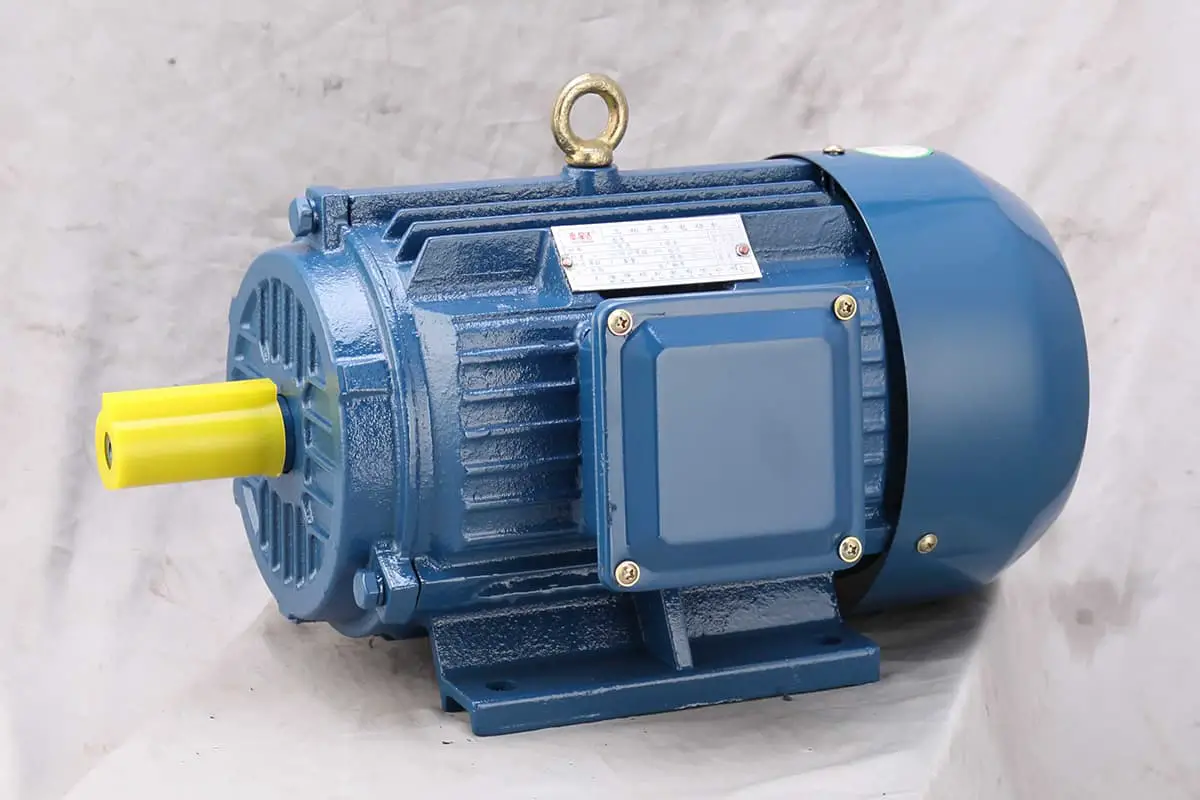
Have you ever wondered what keeps an electric motor running smoothly without overheating? Understanding the safe operating temperatures for motors is crucial for their longevity and performance. In this article, you’ll learn the ideal temperature limits for various motor components and how to prevent overheating, ensuring your motor works efficiently and lasts longer.

The operating temperature of a motor is a critical factor in its performance and longevity. Generally, it is preferable that the temperature of the motor body does not exceed 80°C. When the motor body temperature exceeds this threshold, it indicates that the winding temperature inside the motor is also likely to be high, potentially surpassing 80°C. This elevated temperature can have several adverse effects:
High temperatures can degrade the insulation of the windings, leading to reduced motor efficiency and potential failure.
The heat from the motor body can be transmitted to the motor shaft end, affecting the lubrication of the motor bearings. This can result in increased friction, wear, and eventual bearing failure.

The temperature at which a motor will burn out depends on its insulation class. For instance, if the motor’s insulation class is Class A, with an ambient temperature of 40°C, the outer shell temperature of the motor should be less than 60°C. Exceeding this temperature can lead to insulation failure and motor burnout.
Different parts of the motor have specific temperature limits to ensure safe and efficient operation:
The temperature rise of the iron core in contact with the winding (measured by the thermometer method) should not exceed the temperature rise limit of the insulating material in contact with the winding (measured by the resistance method). The limits for various insulation classes are as follows:
In practice, the temperature of the motor casing is often gauged by a simple standard: it should not be hot to the touch. This practical approach helps ensure that the motor is operating within safe temperature limits.
The squirrel-cage rotor has a large surface stray loss and can reach high temperatures. The temperature is generally limited by ensuring it does not jeopardize the adjacent insulation. One method to estimate this is by applying irreversible color-changing paint in advance, which provides a visual indication of excessive temperature.
By adhering to these temperature limits and monitoring the motor’s operating conditions, you can ensure optimal performance and longevity of the motor, preventing premature failures and costly downtime. Regular maintenance and temperature checks are essential practices to keep motors running efficiently and safely.
The degree of motor heating is measured by “temperature rise,” not merely by “temperature.” When the “temperature rise” suddenly increases or exceeds the maximum working temperature, it indicates that the motor has malfunctioned. Below, some basic concepts are discussed.
Insulating materials are divided into several classes based on their heat resistance: Y, A, E, B, F, H, and C. Each class has a specific limit working temperature, which is crucial for determining the material’s suitability for various applications. The limit working temperatures for these classes are as follows:
Additionally, performance reference temperatures for these classes are:
Insulating materials can be categorized based on their thermal stability:
In the realm of electric motors, particularly Class B motors, the choice of insulation materials plays a pivotal role in ensuring durability and performance. Typically, these motors utilize internal insulation materials rated at Class F, while the copper wire may employ insulation rated at Class H or even higher. This combination is designed to enhance the motor’s quality and reliability.
To extend the service life of these motors, it is a common practice to test high-class insulation materials under lower-class conditions. For instance, a motor with Class F insulation is often tested as if it were Class B. This means that the motor’s temperature rise should not exceed 120°C, with an additional 10°C margin to account for variations due to manufacturing inconsistencies. This conservative testing approach helps ensure that the motor operates within safe thermal limits, thereby prolonging its lifespan.
The limit working temperature of an insulating material is defined as the maximum temperature at the hottest point in the motor’s winding insulation during operation, which the motor can withstand over its expected service life. Based on empirical data, Class A insulation materials are expected to last 10 years at 105°C, while Class B materials have a similar lifespan at 130°C.
However, in real-world applications, the ambient temperature and the actual temperature rise often remain below these design values, resulting in a general lifespan of 15-20 years for these materials.
Temperature is a critical factor influencing the lifespan of a motor. If the operating temperature consistently exceeds the limit working temperature of the insulation material, the insulation will degrade more rapidly. This accelerated aging process significantly shortens the motor’s service life. Therefore, maintaining the motor’s operating temperature within the specified limits is essential to ensure longevity and reliable performance.
The insulation class of an electric motor indicates the heat resistance grade of the insulating materials used. These classes are categorized as A, E, B, F, and H, each with specific maximum allowable temperatures and winding temperature rise limits:
| Insulation Class | A | E | B | F | H |
| Maximum Allowable Temperature (℃) | 105 | 120 | 130 | 155 | 180 |
| Winding Temperature Rise Limit (K) | 60 | 75 | 80 | 100 | 125 |
The permissible temperature rise is the limit of the temperature increase of the electric motor compared to the surrounding environment. This parameter is essential for ensuring that the motor operates within safe temperature limits, thereby protecting the insulation and extending the motor’s lifespan.
Different insulating materials have varying levels of heat resistance. Electrical equipment using higher-grade insulating materials can withstand higher temperatures, thus offering better performance and longevity. The maximum working temperature is usually specified for general electrical equipment to ensure safe and reliable operation.
By understanding these parameters, engineers can select the appropriate motor and insulation class for their specific applications, ensuring optimal performance and longevity.
Below are answers to some frequently asked questions:
The maximum allowable temperature for motor operation is determined by the insulation class of the motor and the ambient temperature. Motors are classified by NEMA into different insulation classes, each with a specific temperature rating: Class A (105°C), Class B (130°C), Class F (155°C), and Class H (180°C). These ratings reflect the maximum temperature the motor’s insulation can withstand, which includes the ambient temperature plus the temperature rise due to motor operation. For instance, a motor with Class F insulation, operating at an ambient temperature of 40°C, has a rated temperature rise of 105°C for a 1.0 service factor or 115°C for a 1.15 service factor. Therefore, the maximum allowable operating temperature would be 145°C (105°C + 40°C) for a 1.0 service factor or 155°C (115°C + 40°C) for a 1.15 service factor. It’s important to note that exceeding these temperatures can significantly reduce the motor’s lifespan, as the insulation life is halved for every 10°C rise above the rated temperature. Thermal protection mechanisms are also crucial to prevent motors from reaching these high temperatures and ensure safe and efficient operation.
High temperatures significantly impact the lifespan of a motor by accelerating the degradation of its components, primarily the insulation system. Elevated temperatures cause thermal stress, which deteriorates the insulation materials faster, leading to a reduction in their mechanical strength and electrical performance. This accelerated aging process means that for every 10°C rise above the rated insulation temperature, the insulation life is reduced by approximately 50%.
Additionally, increased temperatures result in higher electrical resistance within the motor windings, which translates to greater power losses and reduced efficiency. This inefficiency further contributes to heat generation, creating a vicious cycle that exacerbates the problem.
Mechanical components, such as bearings, also suffer under high temperatures. The lubrication in bearings breaks down more quickly, leading to increased wear and potentially premature failure. This is particularly concerning as a 15°C rise in bearing temperature can halve the grease life.
In extreme cases, prolonged exposure to temperatures beyond the motor’s thermal limits can cause the winding insulation to melt and short-circuit, resulting in motor burnout and complete failure. Therefore, maintaining optimal operating temperatures through proper motor sizing, adequate ventilation, and regular monitoring is crucial to extending the motor’s lifespan and ensuring reliable performance.
Operating motors in extreme hot or cold climates presents several challenges that can significantly impact their performance, efficiency, and longevity.
In hot climates, motors face the risk of overheating, which can degrade the insulation of motor windings, reducing their lifespan. High temperatures increase the resistance in motor windings, leading to higher power losses and further exacerbating overheating. This can also limit the motor’s torque, necessitating the use of higher-rated insulation or cooling methods like air or liquid cooling. Efficiency drops are another issue, with a 10°C rise in temperature potentially decreasing efficiency by 5% to 10%, leading to higher energy consumption and operational costs. Additionally, different materials in the motor expand at different rates with temperature changes, causing mechanical stress that can impair stability and reliability. High temperatures also accelerate the degradation of lubricants, increasing friction and wear on bearings.
In cold climates, motors can still overheat despite the low ambient temperature, as ice and snow accumulation can insulate the motor, preventing proper heat dissipation. Condensation and moisture can corrode internal components, especially if the motor enclosure is not adequately protected. Ferrite-based permanent magnet motors can temporarily lose magnetic field strength at very low temperatures, affecting their torque and RPM, although this effect is minor and reversible. Cold temperatures can also cause bearing grease to become thick and stiff, impairing motor performance, and materials such as seals and plastics can become brittle and weak.
Regular maintenance, such as monitoring motor temperature, ensuring clear ventilation, and maintaining proper lubrication, is essential to prevent these issues. Design adaptations, including using higher-rated insulation, cooling systems, and materials resistant to specific environmental conditions, can help motors operate reliably in extreme climates. Ensuring compliance with efficiency standards and safety regulations is also crucial for maintaining motor performance and safety.
To effectively measure and monitor the temperature of your motor, several methods can be utilized. One common approach is to measure the temperature on the exterior of the motor, particularly near the output driveshaft, as this area tends to provide reliable readings close to the motor windings and bearing assembly. Infrared thermometers with laser pointers are also useful, allowing you to target the hottest spots on the motor, such as the openings where windings are visible.
For more precise and continuous monitoring, embedded sensors within the motor windings are highly effective. These sensors come in various types, including Pt 100, Pt 1000, Ni 1000, KTY, and NTC thermistors for continuous measurement, and PTC thermistors for on/off detection to trigger protective shutdowns if temperature limits are exceeded.
Understanding the maximum operating temperature involves knowing the ambient temperature rating and the rated temperature rise above ambient, typically found on the motor’s nameplate. For example, if the ambient temperature is 40°C and the rated temperature rise is 90°C, the maximum operating temperature would be 130°C. If the ambient temperature exceeds standard limits, you should derate the motor accordingly to maintain safe operating conditions.
For motors without embedded sensors, the resistance method can be used, which involves measuring the resistance of the motor’s leads at ambient temperature and after operating at full load until the temperature stabilizes. The change in resistance indicates the temperature rise.
Regular monitoring and recording of motor temperature, along with load and ambient temperature, are crucial for identifying potential issues. Elevated temperatures can signal electrical or mechanical defects, necessitating investigation and possible repairs. Regular checks help prevent excessive heat from reducing motor lifespan, as each 10°C increase in operating temperature can halve the motor’s life.
By employing these methods, you can ensure accurate temperature monitoring, enhancing the motor’s reliability and longevity.
Thermal protection mechanisms for motors are essential to prevent overheating, which can damage motor components and reduce their lifespan. Various methods are used to monitor and control motor temperature effectively:
By employing these mechanisms, motors are protected from overheating, which helps extend their service life, prevent costly downtime, and ensure the safety of both personnel and equipment.
The ambient environment significantly affects the temperature of a motor, impacting its performance and lifespan. Ambient temperature, defined as the surrounding temperature when the motor is not operating, sets the baseline for the motor’s operating temperature. Standard ambient temperature for most electric motors is 40°C (104°F). Any deviation from this standard influences the motor’s temperature rise, which is the difference between the ambient temperature and the motor’s temperature when operating at full load. Higher ambient temperatures increase the temperature rise, accelerating insulation aging and reducing motor lifespan. For example, a 10°C rise in ambient temperature can increase the motor’s temperature by 1.5 to 3°C.
Other environmental factors also play a role. At higher altitudes, thinner air reduces cooling efficiency, potentially requiring motor derating. High humidity can improve thermal conductivity slightly, while dirt and fibers can block ventilation and coat heat-dissipating surfaces, leading to overheating. Low voltage in the power supply can cause the motor to draw higher current, increasing winding temperatures. These factors collectively influence the motor’s operational safety and efficiency, making it crucial to monitor and manage ambient conditions to maintain optimal motor performance and longevity.

